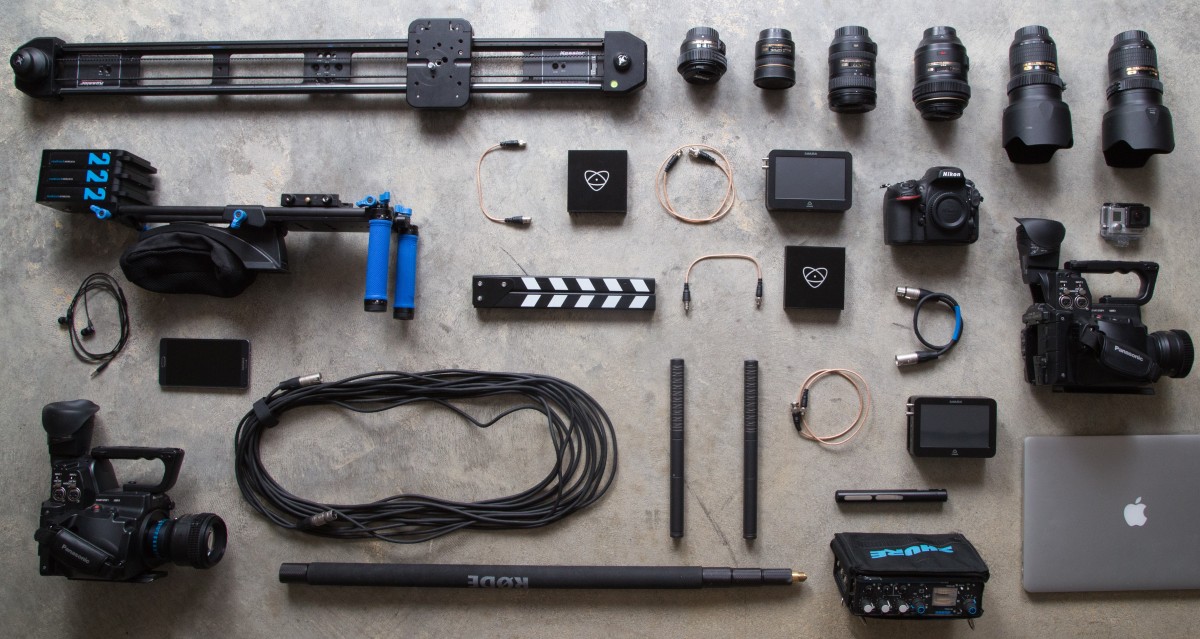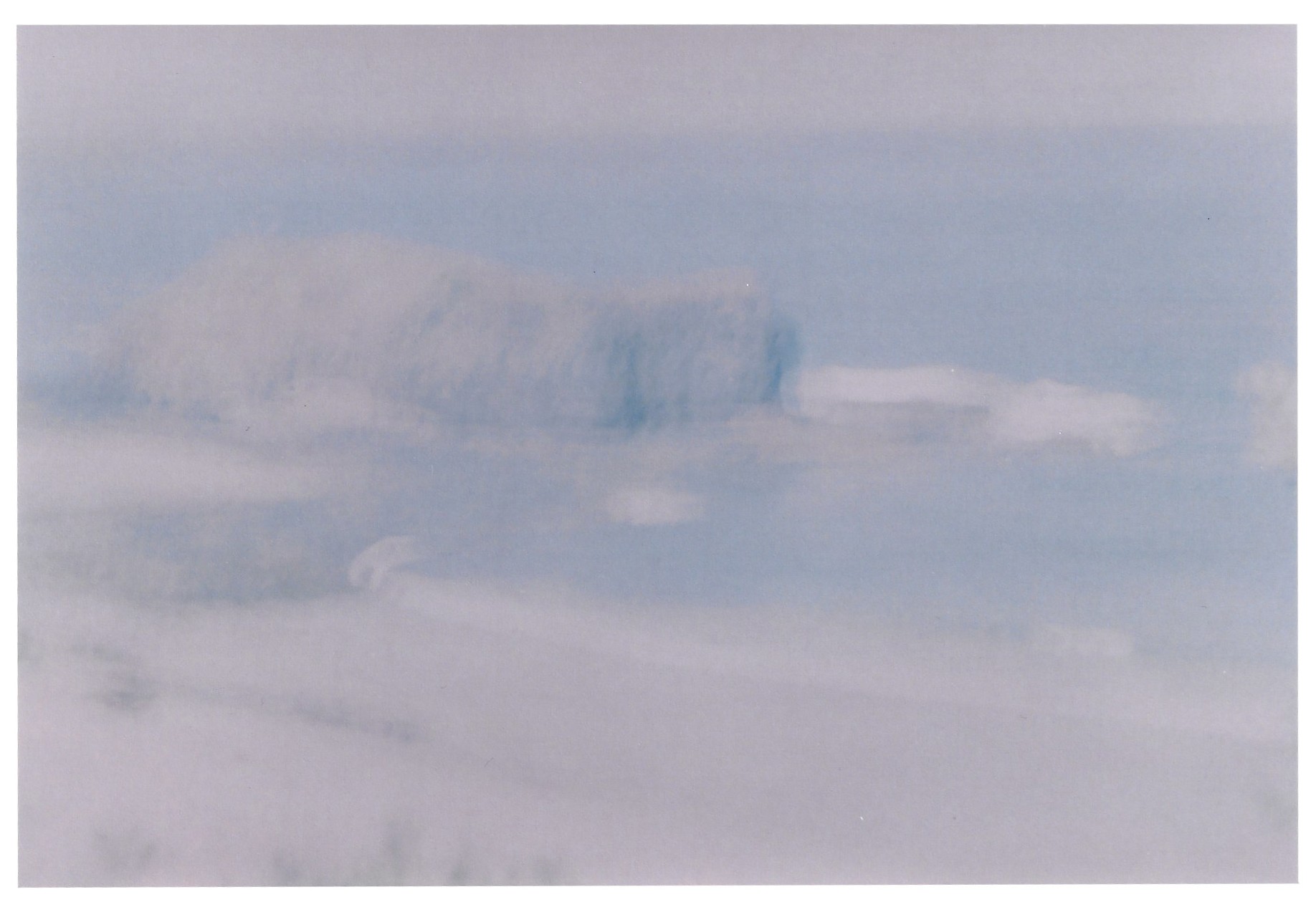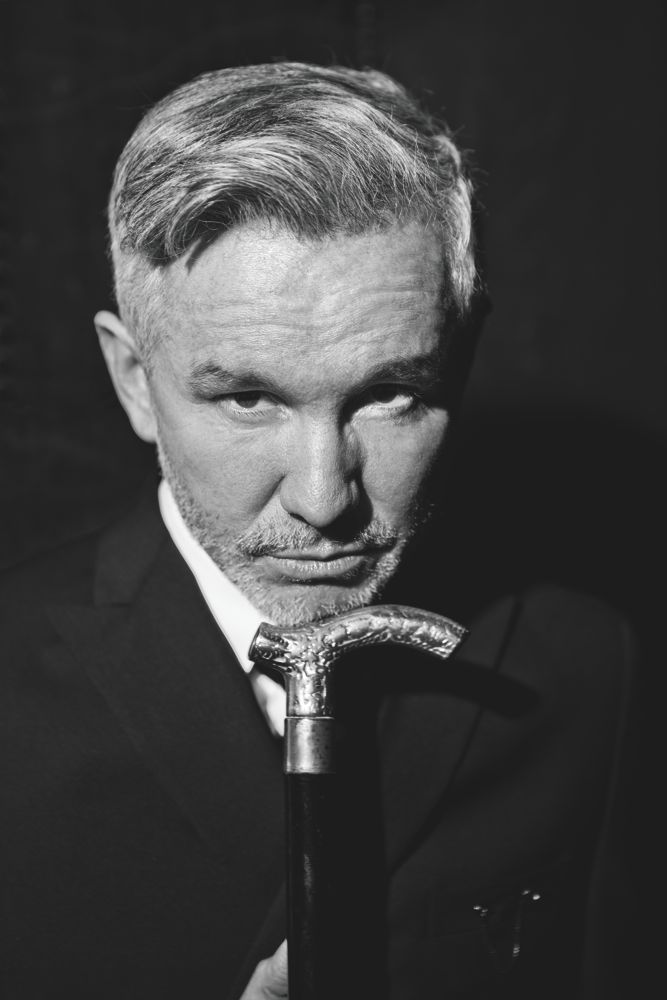Modern media and communication technologies has given way to a whole plethora of talented people able to present themselves to a mass audience online. The majority of these talents and figures that become known worldwide are YouTube ‘vloggers,’ who blog regularly on a video based platform. And today, I want to discuss the interesting personality that is Casey Neistat.
Neistat is a filmmaker, producer, vlogger, co-founder of his own social media app (Beme), and also a very adventurous man. He has travelled so far that he has essentially gone around the globe several times, and thus has had an incredibly fulfilled life so far and he is only 34. His films, including his vlogs, are visually and technically stunning. While sometimes he prefers a point and shoot Canon Powershot to his marvellous EOS 5D Mark III DSLR, his films and videos maintain an elegantly edited and smooth finish. He is a respected media practitioner and producer, and working as a freelance commercial director has allowed his reputation to skyrocket and he has landed countless projects with companies such as Nike, Mercedes-Benz, Google and J Crew.
I just have one issue: the guy can’t keep a camera intact for more than about 30 seconds. Consistently, he has had mishaps involving dropping, breaking and damaging his cameras and having to buy new ones. If all heroes have a fatal flaw, his is that despite his incredible talent and inspiring productions, his technologies can barely withstand his active lifestyle.
The first time I became really aware of this fact, and also when I questioned my respect for him, was when I watched his 78th vlog, ‘Quitter.’ In it, he ranted for a few moments about the inadequacy of SD cards in his Canon EOS 70D DSLR, and then proceeded to gratuitously axe the camera before immediately buying a brand new 5D Mark III. It was in this moment that I, a broke university first year, saw Neistat in a much less favourable light. To myself I thought, How dare he destroy the camera I can only dream of having and then calling its superior a ‘piece of crap’?
At the same time however, I still respect Neistat. If I saw him in the street, I would lose my cool and make an enormous embarrassment of myself trying to say hi to him. The thing is, this one big part that I dislike about him does something that I don’t see alot from other YouTube personalities; it humanises him and reminds me that even though he is an extraordinary human being, he’s still just a human being. That’s what I think that I admire most in Casey Neistat, being able to get a better sense of his personality. As my own films and photography are greatly inspired by his style of visual media, it is refreshing to get an understanding of how other creative minds think, work and act.





